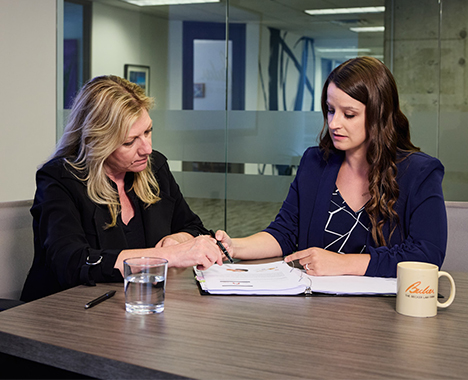Schedule a Consultation
216-621-3000Schedule a Consultation
216-621-3000Birth injuries, like shoulder dystocia, are an expecting mother’s worst nightmare. However, a new study presented at the annual meeting of the American College of Obstetricians and Gynecologists, reveals that ultrasounds in third trimesters can help predict shoulder dystocia helping both doctors and patients prepare to prevent them.
Shoulder dystocia occurs when the shoulders of the baby get stuck through the birth canal during vaginal delivery. Both the mother and baby can be injured when this occurs. Hemorrhaging and uterine rupture are common injuries suffered by the mother.
Different factors can create a higher risk of shoulder dystocia, and women with maternal diabetes are at a particularly high risk. However a recent study on pregnant women without diabetes predicted the likelihood of this condition.
The study reviewed third-trimester ultrasounds of 132 pregnancies of women without diabetes. After measuring each baby’s femur and head circumference, researchers concluded that the risk of shoulder dystocia doubled for every unit deviation from the mean of these measurements.
Other common factors that create a high risk of shoulder dystocia include obesity (before or during pregnancy), large baby size and the mother’s history of shoulder dystocia.
With this new information early on in a pregnancy, doctors are better able to access the risks and take preventative measures to prevent shoulder dystocia during the upcoming birth.

